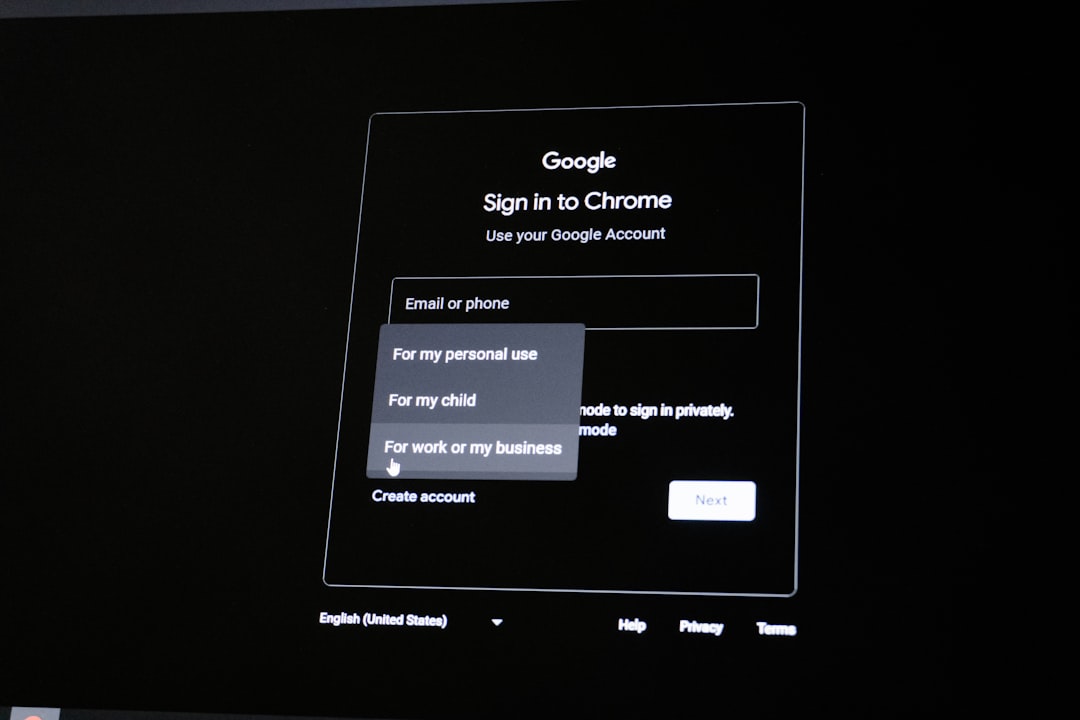You’ve probably heard the term “trust center” tossed around. It sounds like a high-security command hub in a spy movie. But in the digital world, it’s something all businesses need. Especially if they handle sensitive data. Big or small. If you want users to trust your app, website, or platform, a trust center is where you start.
So, what is a trust center exactly? Glad you asked.
What Is a Trust Center?
A trust center is a central place where people learn how your company handles security, privacy, and compliance. Think of it like a storefront window into your security operations. It shows you care about protecting users and doing the right thing with their data.
It’s typically a webpage or portal that explains things like:
- How you keep data secure
- Which compliance certifications you have
- Your data protection policies
- Privacy practices and cookie usage
- Contact info for security questions
It’s not just pretty words. It needs substance. And it must be kept up to date.
Why You Should Build One
Still not convinced? Here are a few reasons why a trust center is a smart idea:
- Customers want transparency. They’re more likely to use your product if you’re open about your practices.
- Saves your team time. Instead of answering the same security questions over and over, just point people to the trust center.
- Builds confidence. Especially when dealing with enterprise clients or regulated industries.
- Helps in sales. More buyers will say “yes” if they see you take security seriously.
Imagine a customer about to sign a contract. They ask, “Are you SOC 2 compliant?” Without a trust center, your team scrambles to dig up the latest report. With a trust center, it’s right there—neatly laid out, in plain English.

What to Include in Your Trust Center
This isn’t a “one size fits all” type of project. But there are some must-haves.
1. Security Overview
Explain how you protect customer data. Use simple language. Instead of saying, “256-bit AES-GCM encryption in transit,” say “We encrypt your data when it’s moving and when it’s stored.”
You can list:
- Network security measures
- Application security checks (like code reviews)
- Employee training practices
- Any monitoring and incident response details
2. Compliance Certifications
Show off your certifications. Are you:
- SOC 2 Type II compliant?
- ISO 27001 certified?
- GDPR and CCPA ready?
- Other regional or industry-specific compliance?
Include badges, downloadable reports, expiry dates, and even audit summaries if possible.
3. Privacy Information
Be up front about how you collect, store, and use data. This includes cookies and tracking. A clear Privacy Policy should be linked. You can outline:
- What data you collect
- Why you collect it
- Who you share it with
- How users can opt out
4. Data Residency and Retention
Customers (especially in Europe) want to know where you store their data and for how long. This helps with regional compliance requirements too.
5. Security Resources
Provide useful links and documents like:
- Whitepapers
- Penetration test results
- Compliance reports
- FAQ page
6. Contact Information
Give people a way to ask questions or report issues. A security@ email is a great start.
Design: Keep It Human
Design your trust center with users in mind. It doesn’t need to be built for robots. Use everyday language. Keep things engaging. Add visual elements like icons and call-outs.
And don’t hide it! Link to your trust center from your homepage footer, pricing page, and onboarding flows.
Tools and Platforms to Help You
Building a trust center from scratch can be tricky. But thankfully, there are tools that can help.
- Trustpage – Makes it easy to build and maintain a trust center
- SafeBase – Used by startups and enterprises to share security docs securely
- Osano – Helps stay privacy compliant with tools for policies and consent

Keep It Fresh
No one likes expired milk. The same goes for expired compliance info. Keep your trust center up to date.
Make it a habit to review it:
- Every quarter
- After major product changes
- When new compliance certificates are granted
Assign someone the role of trust center owner. Their job is to check that it’s current and honest. Transparency is your brand’s best friend here.
Case Study Snack: BigTech vs. SmallBiz
BigTech Corp has an elaborate trust center. Dozens of pages. Fancy infographics. They started when they had 5,000 users.
SmallBiz Co. just launched their product. But they still have a single-page trust center. It has honest info, their privacy policy, a list of security practices, and a promise to grow the page as they grow the company.
Guess what? Investors and early customers liked that SmallBiz had something. And that’s the big idea: Start small, but start now.
Final Tips
- Be clear, not clever. Avoid too much jargon. Write like you talk.
- Make it visible. Don’t bury your trust center. Make it easy to find.
- Use visuals. Charts, icons, even friendly photos of your security team.
- Don’t fake it. Only claim what you’ve earned. Fudging compliance will backfire fast.
- Revisit your tone. A trust center can be professional without being boring. No one wants to read a legal brief.
In Conclusion
Trust isn’t a feature. It’s a foundation. Your users, partners, and investors all want to know you take security seriously. A well-crafted trust center shows you have nothing to hide and everything to protect.
No, it doesn’t need to be perfect from day one. But it should exist. And it should grow with you.
So go ahead—build a trust center. Show the world you’re trustworthy. And maybe even have a little fun doing it.

